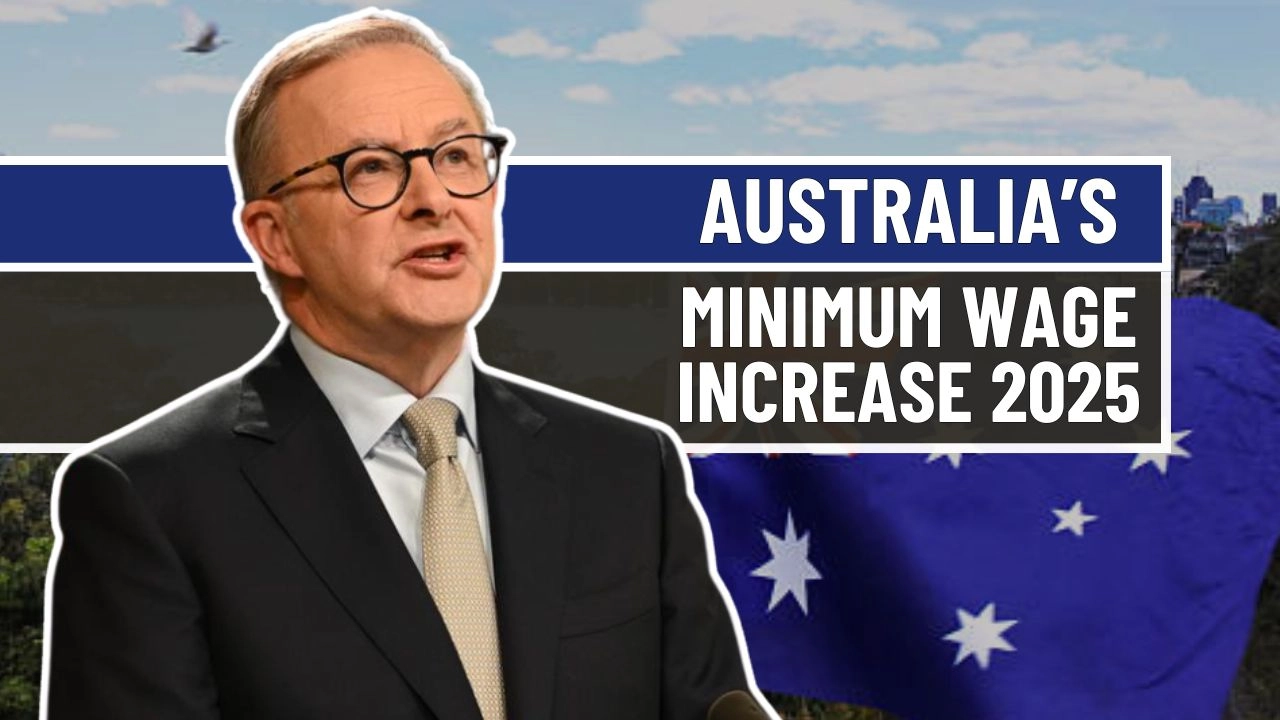A major shift is on the horizon for over two million Australian workers as the country prepares for its scheduled minimum wage increase in July 2025. This yearly adjustment, overseen by the Fair Work Commission, is intended to ensure that workers maintain purchasing power amid fluctuating economic conditions. As of May 2025, consultation processes and industry submissions are underway, with the final figures anticipated to be released in early June. Preliminary insights point to an estimated rise between 4.5% and 5.2%, reflecting broader inflation patterns and sector-specific economic health.
Strengthening Income Security for Australia’s Workforce
At the heart of the Fair Work Commission’s forthcoming decision is a commitment to addressing income disparities and improving living standards for low-income earners. While inflation has shown signs of easing in early 2025, many households are still grappling with elevated costs for essentials such as housing, transport, and food. The Commission is actively considering how to ensure that wage adjustments meaningfully improve financial stability for workers without putting undue strain on small businesses or job creation efforts.
Sector-Specific Adjustments on the Horizon
The planned wage increase will not apply uniformly across all sectors but instead will reflect the unique dynamics of industries most dependent on award-based wages. Workers in healthcare, particularly aged care, as well as those in retail, hospitality, and community support services, are expected to see targeted increases. Casual employees and those governed by modern awards stand to benefit most directly from the updated rates, which are being designed to reflect both sector demands and employee contributions.
What the New Wage Rates Might Look Like

While official figures are still pending, early estimates provide a general sense of what workers can expect. Full-time adult employees, currently earning AUD 23.23 per hour, may see their pay rise to somewhere between AUD 24.40 and AUD 24.75. Casual workers, who also receive loading to compensate for the lack of leave entitlements, could see their rates climb from AUD 29.04 to a range between AUD 30.25 and AUD 30.85. In the aged care sector, hourly wages might increase from AUD 27.90 to around AUD 29.25–29.75. Hospitality and retail workers are also expected to receive a boost, with estimates suggesting rises in the range of AUD 1.20 to AUD 1.65 per hour.
Small Business Response and Operational Challenges
The upcoming wage revision presents both opportunities and challenges for the business community. On one hand, increased earnings for workers may translate into stronger consumer spending, potentially boosting economic activity. On the other hand, businesses especially small to medium-sized enterprises will need to carefully reassess their financial planning. Many employers are already strategizing to absorb higher payroll costs, including by adjusting workforce structures, renegotiating supplier contracts, or revisiting pricing models. Some economic analysts caution that these responses could have a modest inflationary effect during the second half of 2025.
Government Guidance and Employer Readiness
As the implementation date nears, the government is urging employers to begin preparations in earnest. Compliance will require more than simply updating payslips it involves reviewing award classifications, ensuring employment contracts reflect updated conditions, and educating staff about their new entitlements. The Fair Work Ombudsman has launched an awareness campaign and offers a range of tools including pay calculators, wage comparison tables, and frequently asked questions to assist businesses in navigating the changes with minimal disruption.
Employee Awareness Key to Ensuring Fair Pay
Employees also have a role to play in ensuring the transition is smooth and equitable. Workers are encouraged to take proactive steps by reviewing their current employment agreements and award rates, especially those employed on a casual or part-time basis. Understanding one’s rights under the updated wage framework will be essential in preventing underpayment and resolving potential disputes. For many, this increase represents a crucial opportunity to catch up with the rising cost of living and better support their families.
Looking Ahead: Wage Policy in a Changing Economy
The July 2025 minimum wage increase is not just a routine update it represents a broader response to evolving economic pressures and the government’s vision for equitable income growth. While short-term impacts will be closely monitored, the longer-term goal remains clear: to promote a workforce where pay levels keep pace with living costs, without compromising business sustainability. As industries and workers adapt to the new rates, ongoing engagement between government bodies, businesses, and employee representatives will be vital in maintaining economic balance and social fairness.


